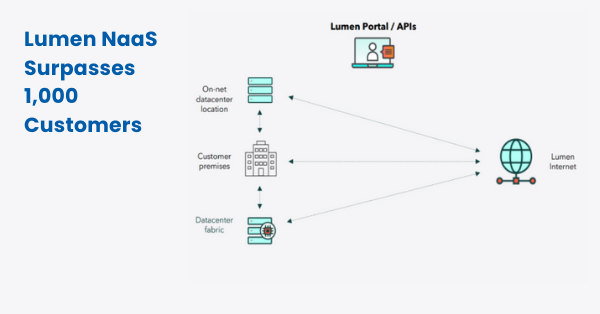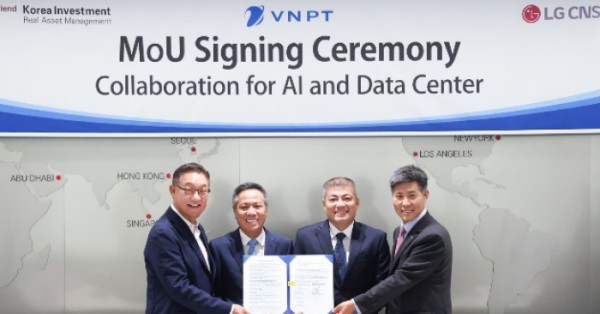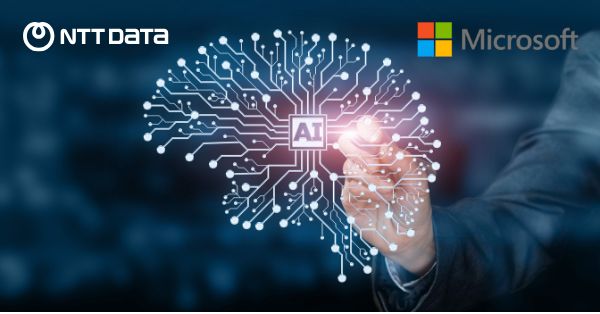NVIDIA, a global leader in AI technology, announced its collaboration with major U.S. technology players to bring AI’s power to various industries. Companies like AT&T, Lowe’s, and the University of Florida are among the first to leverage NVIDIA NeMo™ and NIM™ microservices to develop advanced AI-driven applications.
This initiative marks a significant step in helping organizations create tailored AI solutions that boost productivity, enhance operational efficiency, and drive innovation across sectors like telecommunications, retail, education, and more.
Consulting Firms Lead the AI Revolution with NVIDIA NIM Agent Blueprints
Industry-leading consulting firms, including Accenture, Deloitte, Quantiphi, and SoftServe, are at the forefront of integrating NVIDIA’s NeMo and NIM microservices. These firms are deploying NIM Agent Blueprints to develop custom generative AI solutions for clients in healthcare, manufacturing, financial services, and telecommunications. By using these blueprints, organizations can build AI applications that tap into vast amounts of business data, enhancing their ability to create domain-specific AI agents and copilots. These custom applications are set to transform key enterprise operations, from customer service to cybersecurity.
NVIDIA NIM Enhances Data and AI Platforms for Enterprise-Level AI Solutions
Data and AI platform leaders like Cloudera, DataStax, Google Cloud, NetApp, SAP, ServiceNow, and Teradata are leveraging NVIDIA NIM microservices to take their platforms to the next level. These platforms are integrating NVIDIA’s tools to improve inference speed, data processing, and AI capabilities, enabling enterprises to deploy custom AI solutions at scale.
According to Jensen Huang, founder and CEO of NVIDIA, “AI is driving transformation and shaping the future of global industries. In collaboration with U.S. companies, universities, and government agencies, NVIDIA will help advance AI adoption to boost productivity and drive economic growth.”
Accelerating AI Application Deployment with NVIDIA NeMo Microservices
One of the key elements of NVIDIA’s AI offerings is its NeMo microservices, which provide end-to-end support for the development of customized AI models. The latest NeMo microservices, including NeMo Customizer, NeMo Evaluator, and NeMo Guardrails, allow developers to efficiently manage data, customize AI models, and ensure the alignment of AI-driven decisions with business objectives.
These microservices, combined with NIM microservices, enable businesses to create AI applications faster while reducing development costs. Once developed, these applications can be deployed across any GPU-accelerated infrastructure, whether it’s a cloud platform, data center, or local workstation.
NVIDIA’s NIM Agent Blueprint Strengthens AI-Powered Software Security
In response to the increasing need for enhanced software security, NVIDIA has introduced a new NIM Agent Blueprint specifically designed to improve container security. These blueprints offer ready-made workflows for developers, helping them accelerate the deployment of AI-powered solutions for critical use cases, such as drug discovery, customer support automation, and secure data extraction.
Developers can also experiment with NeMo and NIM microservices at no cost, with access provided through NVIDIA’s developer platform. Enterprises looking for production-grade deployments can leverage the NVIDIA AI Enterprise platform, which offers robust security, stability, and support.
How Industry Leaders Are Using NVIDIA AI
Across multiple sectors, NVIDIA AI is helping organizations tackle complex challenges and streamline operations.
- AT&T, in collaboration with Quantiphi, is using NVIDIA NIM microservices to build a conversational platform for employees, aiding them with software development, network engineering, and financial services.
- The University of Florida is utilizing NVIDIA NeMo and NIM to improve its learning management system, helping teaching assistants enhance student success through AI-powered insights and recommendations.
- Lowe’s, a Fortune 50 company, is exploring NVIDIA’s AI tools to improve customer and employee experiences, focusing on enhanced security and productivity through the use of NeMo Guardrails.
Consulting Giants Boost AI Adoption Using NVIDIA NeMo and NIM Microservices
Consulting giants such as Accenture, Deloitte, and SoftServe are accelerating AI adoption for clients across various industries using NVIDIA’s powerful AI tools.
- Accenture is assisting clients in building domain-specific AI solutions through its AI Refinery™ and Accenture NVIDIA Business Group, combining NeMo and NIM microservices to address key business challenges.
- Deloitte is integrating NVIDIA’s NIM Agent Blueprint into its cybersecurity solutions, enabling enterprises to perform large-scale software vulnerability analysis more efficiently.
- SoftServe’s generative AI Industrial Assistant, built with NeMo and NIM microservices, helps manufacturers improve safety and productivity by providing real-time guidance for equipment troubleshooting and maintenance.
AI Innovations Accelerated by NVIDIA NeMo and NIM Microservices
The collaboration between NVIDIA and leading AI platform providers is yielding significant benefits, allowing companies to develop customized generative AI applications with optimized performance.
- Cloudera has introduced an AI Inference Service, built on NIM microservices, which provides up to 36x faster inference performance for enterprise-grade AI models.
- Google Cloud is integrating NIM into its Google Kubernetes Engine, simplifying the process for enterprises to deploy AI models from the Google Cloud Marketplace.
- SAP is using NIM microservices to help its clients deploy AI applications tailored to their business needs, while ServiceNow is leveraging NIM and NeMo microservices to develop AI-driven solutions for U.S. government agencies.
Access NVIDIA’s AI Software and Microservices for Enterprise AI Solutions
Developers and enterprises can access NVIDIA’s full suite of AI tools, including NIM microservices, through the NVIDIA API catalog. These tools are available for experimentation via an NVIDIA Developer license, and production-grade deployments are supported through the NVIDIA AI Enterprise platform.
This collaboration between NVIDIA and key industry players underscores the growing importance of AI in transforming industries. As more organizations tap into NVIDIA’s AI capabilities, the future of AI-driven innovation looks brighter than ever.






























